This is part four of our digital nomad series.
If you missed reading the first three articles, here are the links:
Part one: Is the digital nomad style for you?
Part two: Straddling the landscape of Ecuador
Part three: High altitude mountaineering in the Andes
Having spent three months in Quito at 2,850m above the sea level, I got intrigued about climbing high altitude mountains, above 4,000m.
Ecuador is home to some of the high-altitude mountains, including Cotopaxi, Chimborazo, Cayambe, the Illinizas, and Tungurahua.
The first week, I climbed Pinchincha, 10 miles from Quito at 4,784m and realized how difficult it was. Even though you could be fit physically, your mind needs to adapt well to handle low oxygen, so your mind keeps telling you to stop and return. Further, the biggest lesson from climbing a mountain is that getting to the top is only 40% of the trouble and most of the known accidents happen while on the descent.
Mountain climbing is an experiment in mindfulness where you have to take slow deep breaths and just focus on the next step, be it upward or downward. I realized that it’s important to keep moving, even if they are slow steps instead of stopping. Stopping makes you feel restful and your mind goes back to saying it’s time to return; Restarts become harder.
Respect the mountain. The journey of climbing up and respect comes in the forms of accepting you cannot go all the way to the peak if the weather is against you. It is not just about getting up to the peak but enjoying the climb and nature.
One needs strong glutes and hamstrings. Quads and running at high altitude help your lungs. Climb shorter mountains first before going for higher mountains.
Equipment
- Helmet with a compartment for lights if you are climbing in the night
- Ice Axe – for ice, snow, sand, and rocks
- Fleece jackets – inner layers to keep you as warm as possible.
- Crampons – a layer below your shoes for grip in ice.
- Gaiters – helps you protect the leg and the ankles. Also, prevents your pants from getting wet
- Water bottle – plastic bottle freezes
- The thickest socks you can find.
- Food
- Generally, digestion is affected at high altitudes and you feel gaseous. Cocao tea leaves help – energy and digestion.
- Avoid sugary chocolates, as getting a sugar high doesn’t help. Raisins help.
- Don’t use any altitude sickness pills.
- Hydrate, hydrate, hydrate.
- Apply sunscreen before the climb.
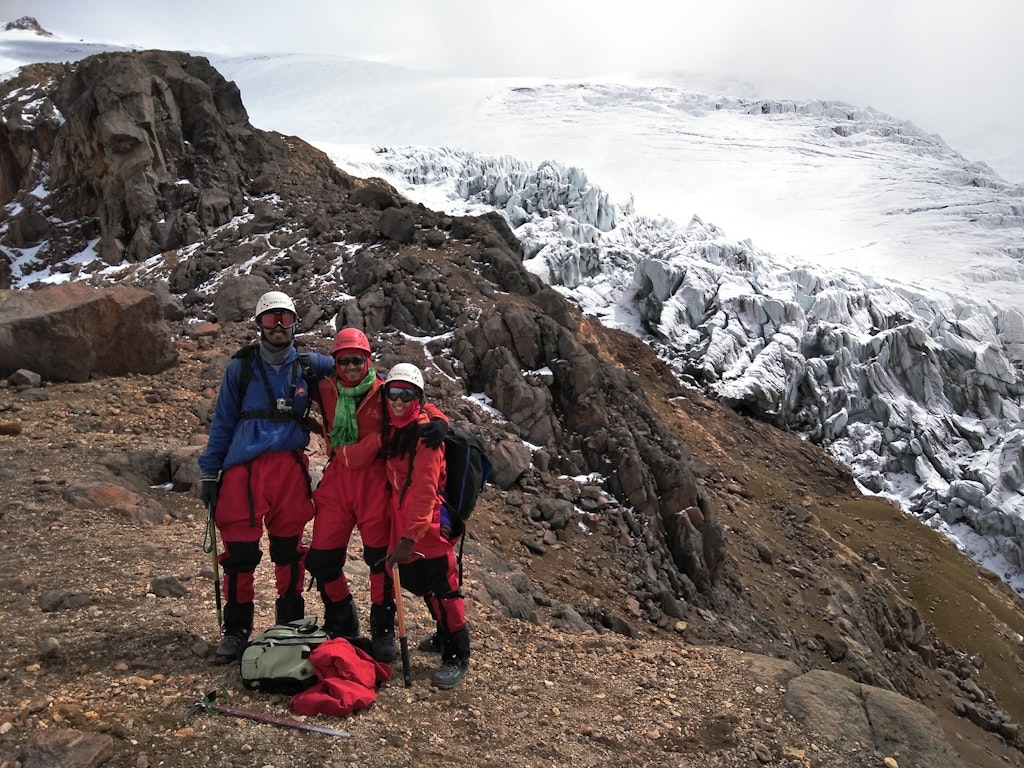
Pushing yourself too much and going too hard at high altitudes can make you dizzy and can be dangerous in rough and steep terrain where you need to keep your wits about where to place your hands and feet, check for loose rocks etc.
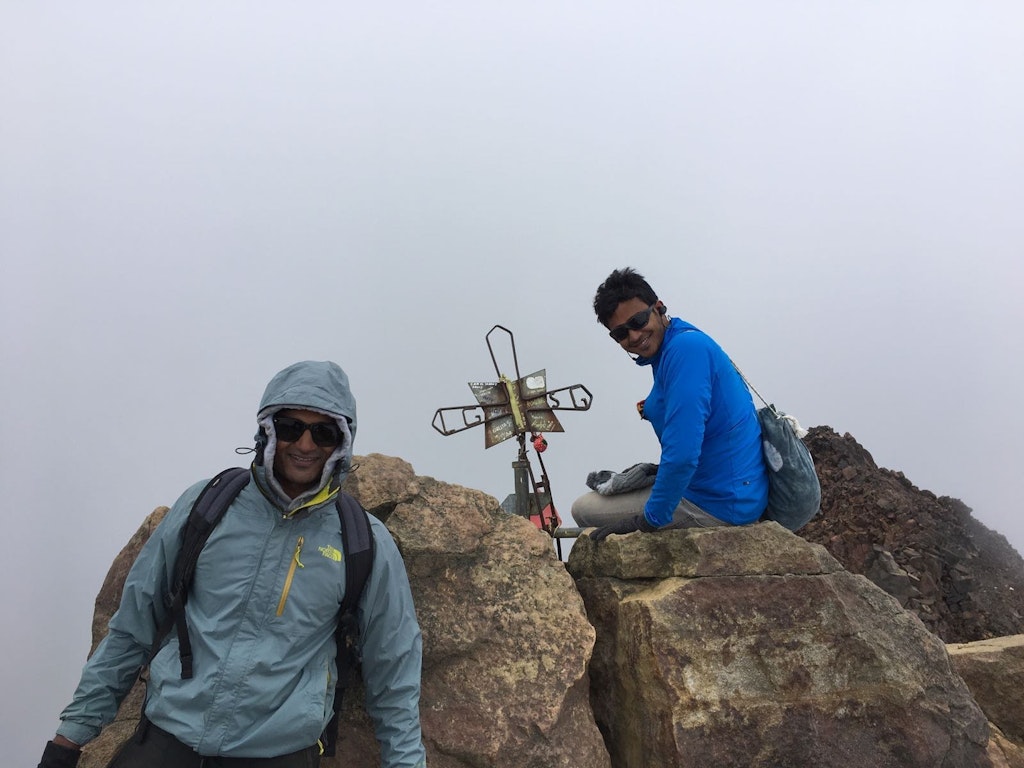
Related Itineraries
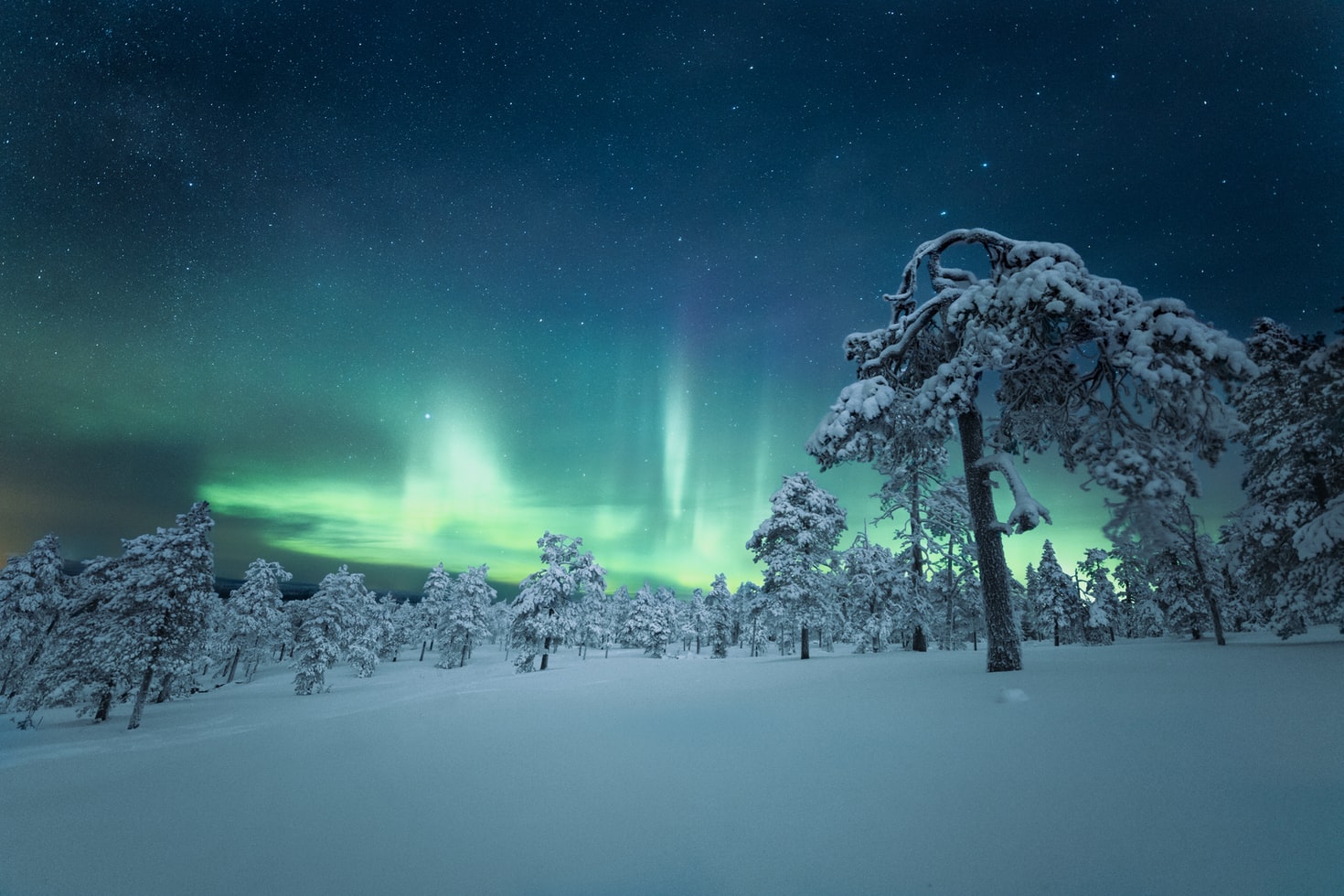
Stunning 6 Nights Northern Lights Packages
- Flights excluded
- 4 star accommodations
- 3 activities
- Transfers excluded
₹ 64,954
Starting price/person
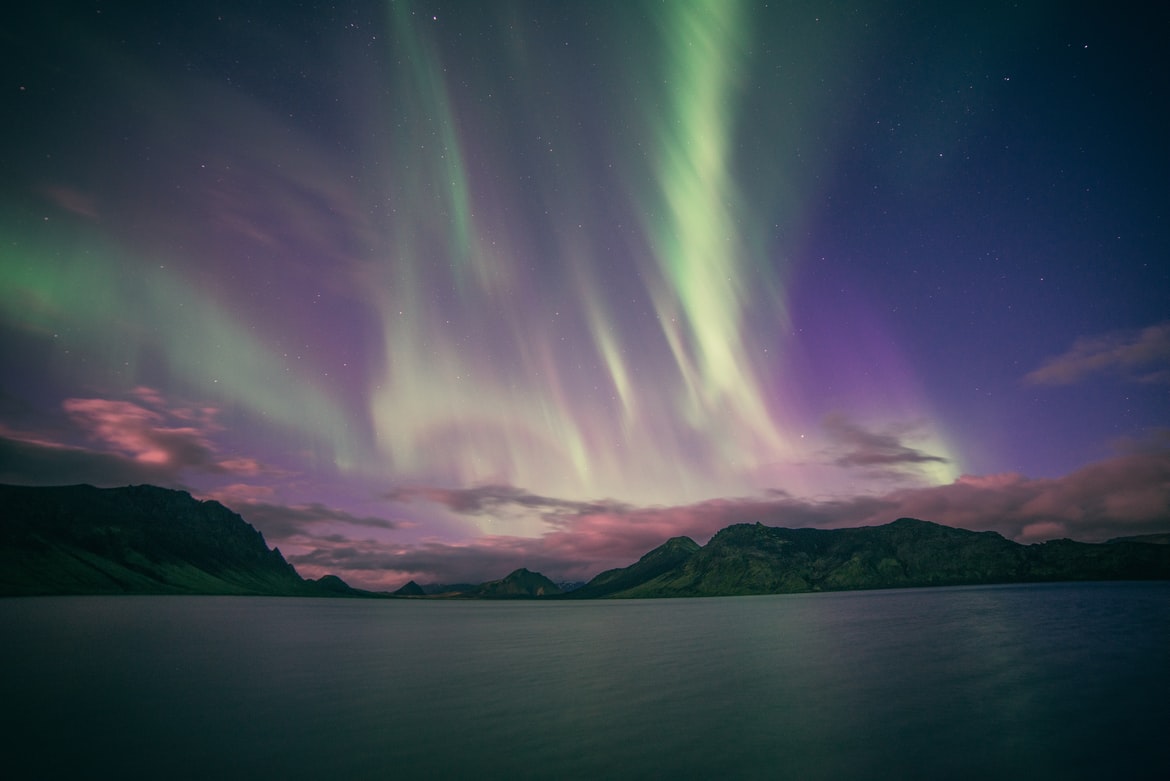
Fantastic 6 Nights Finland Northern Lights Tour Package
- Flights excluded
- 4 star accommodations
- 2 activities
- Shared transfer
₹ 69,369
Starting price/person

Beautiful 10 Nights Italy Honeymoon Package
- Flights included
- 4 star accommodations
- 9 activities
- Private transfer
₹ 1,32,869
Starting price/person

Ideal 6 day Switzerland Tour Packages for Family
- Flights included
- 3 star accommodations
- 3 activities
- Shared transfer
₹ 99,112
Starting price/person

Romantic 8 Nights Bali and Vietnam Honeymoon Packages
- Flights included
- 4 star accommodations
- 6 activities
- Shared transfer
₹ 99,947
Starting price/person
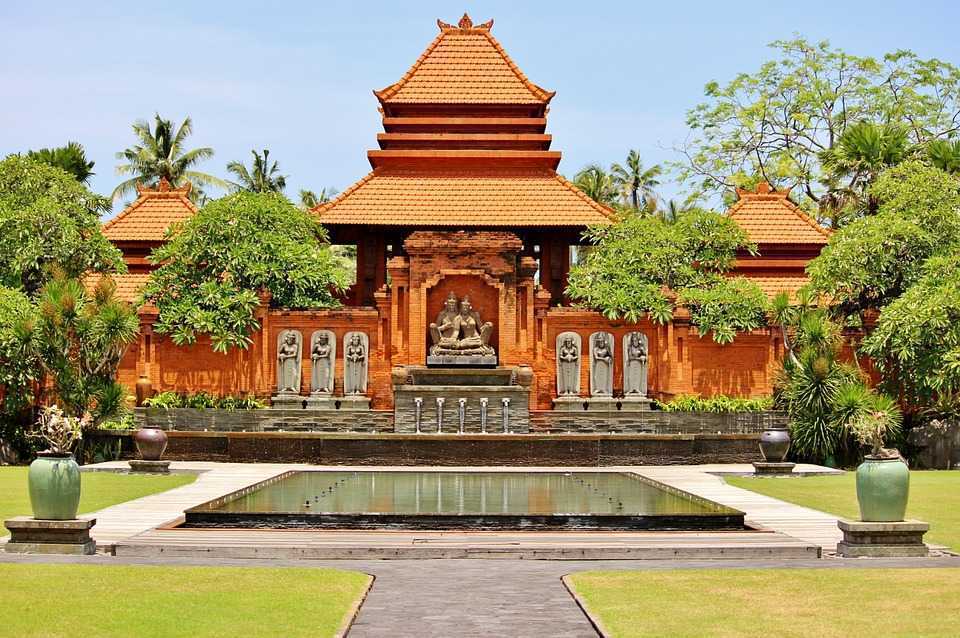
Gorgeous 9 Nights Singapore Bali Honeymoon Packages
- Flights excluded
- 4.5 star accommodations
- 6 activities
- Shared transfer
₹ 90,953
Starting price/person
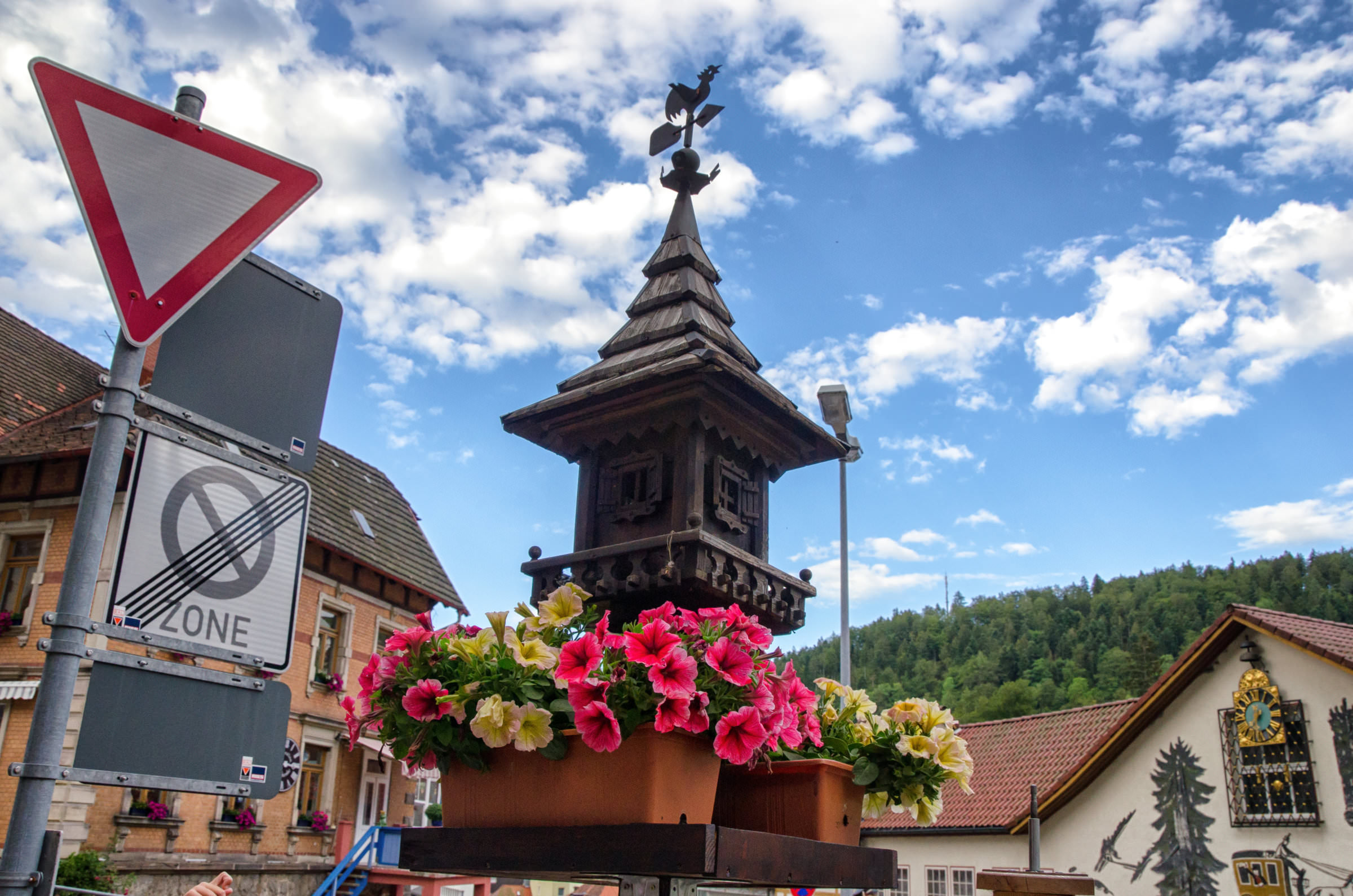
Magical 9 Nights Germany Vacation Packages
- Flights excluded
- 4.5 star accommodations
- 8 activities
- Private transfer
₹ 79,832
Starting price/person

Scenic 10 Nights Greece & Turkey Vacation Packages
- Flights excluded
- 5 star accommodations
- 6 activities
- Shared transfer
₹ 60,718
Starting price/person

Magical 7 Nights Croatia Tour Packages
- Flights excluded
- 4 star accommodations
- 10 activities
- Shared transfer
₹ 57,778
Starting price/person
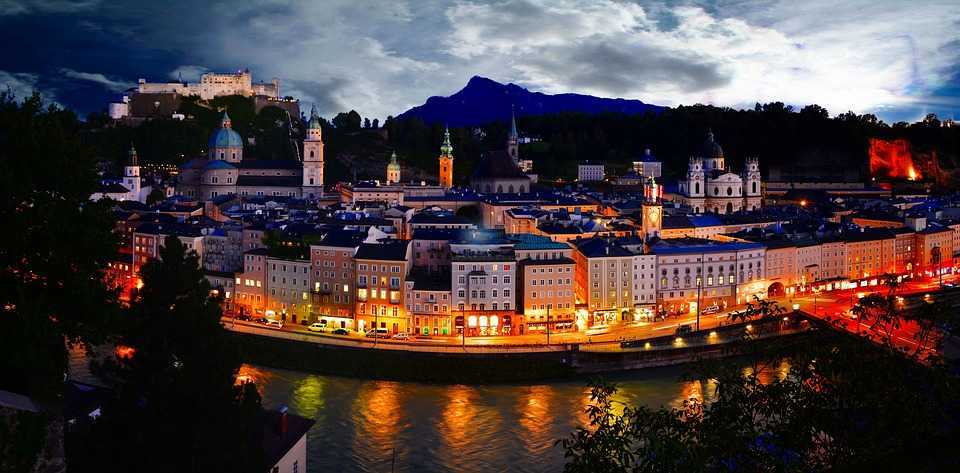
Beautiful 10 Nights Amsterdam Tour Package
- Flights excluded
- 4 star accommodations
- 8 activities
- Private transfer
₹ 1,84,115
Starting price/person


